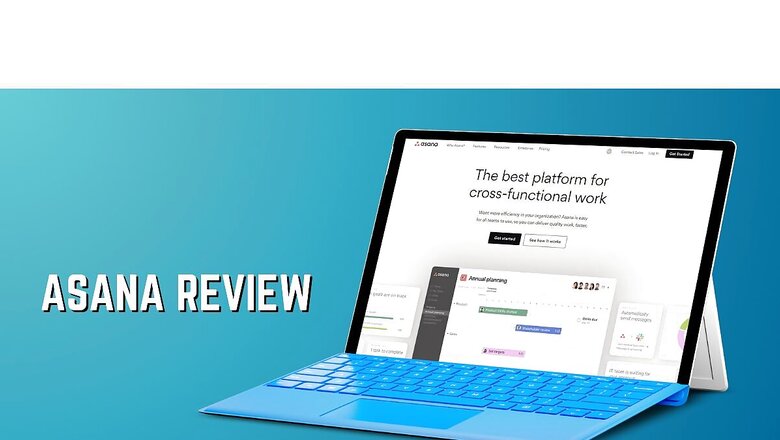
views
Are you overwhelmed by the amount of work and deadlines you have to deal with? If so, Asana might be the solution you are looking for. This Asana review provides a comprehensive analysis of the well-known project management tool, highlighting its advantages, disadvantages, and functionalities.
Regardless of whether you are a solo entrepreneur or working in a team, Asana can provide you with valuable features. Therefore, let’s evaluate whether it is a worthwhile investment of your time and resources.
Get Started With Asana >>
What is Asana?
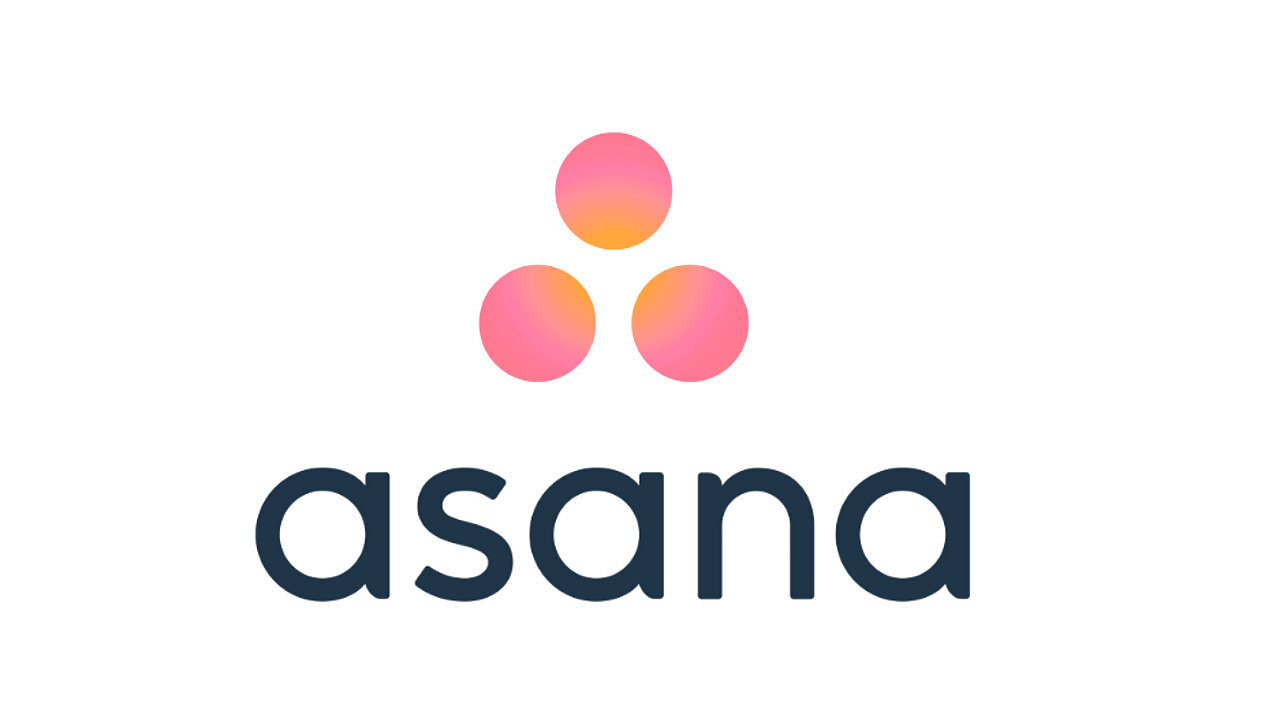
With its numerous customizable views that cater to all team members, Asana is considered one of the most effective project management software available, as shown in this Asana review.
The free version offers a plethora of features that make it convenient to use. Users can enjoy unlimited storage, access to past project records, and messaging capabilities within the platform. For small teams, the free version is a viable long-term option.
This Asana review indicates that it offers a wide range of project views, catering to diverse needs. Whether you prefer Kanban-style cards or a calendar view for tracking project deadlines, or a general workload overview, all of these options are available to you.
With the ability to switch between these views, your team can enjoy greater flexibility, and you can involve more stakeholders in the process.
In addition, Asana provides various automated processes and integrations that can boost your team’s efficiency. You can set up due dates and receive automatic notifications via Slack when a project section is completed, enabling your team to progress to the next stage smoothly.
Our Verdict on Asana
In this Asana review, we have thoroughly tested and examined Asana. We have come to the conclusion that it is an effective project management tool that can enhance task efficiency and productivity.
Its user-friendly interface, diverse integration options, and useful features like task dependencies and project templates make it a preferred option for both individuals and teams.
Even though its cost may be a bit high for some, the value it provides in terms of coordination and teamwork justifies the expense. In summary, we strongly suggest that Asana be used as an essential tool for those striving to manage their workload effectively.
Get Started With Asana >>
Asana at a Glance
Asana is a project management tool that operates through the cloud and enables users to manage their tasks, team members, and projects from a single centralized location. The tool’s interface is user-friendly and features customizable task lists, project timelines, calendars, and collaborative tools.
Asana also integrates with other popular apps such as Trello, Slack, and Google Drive. There are various pricing plans available, including a free basic version and a premium version with advanced features suitable for larger teams.
As shown in the Asana reviews, it’s a comprehensive and versatile tool that can enhance productivity and organization for individuals and teams of any size.
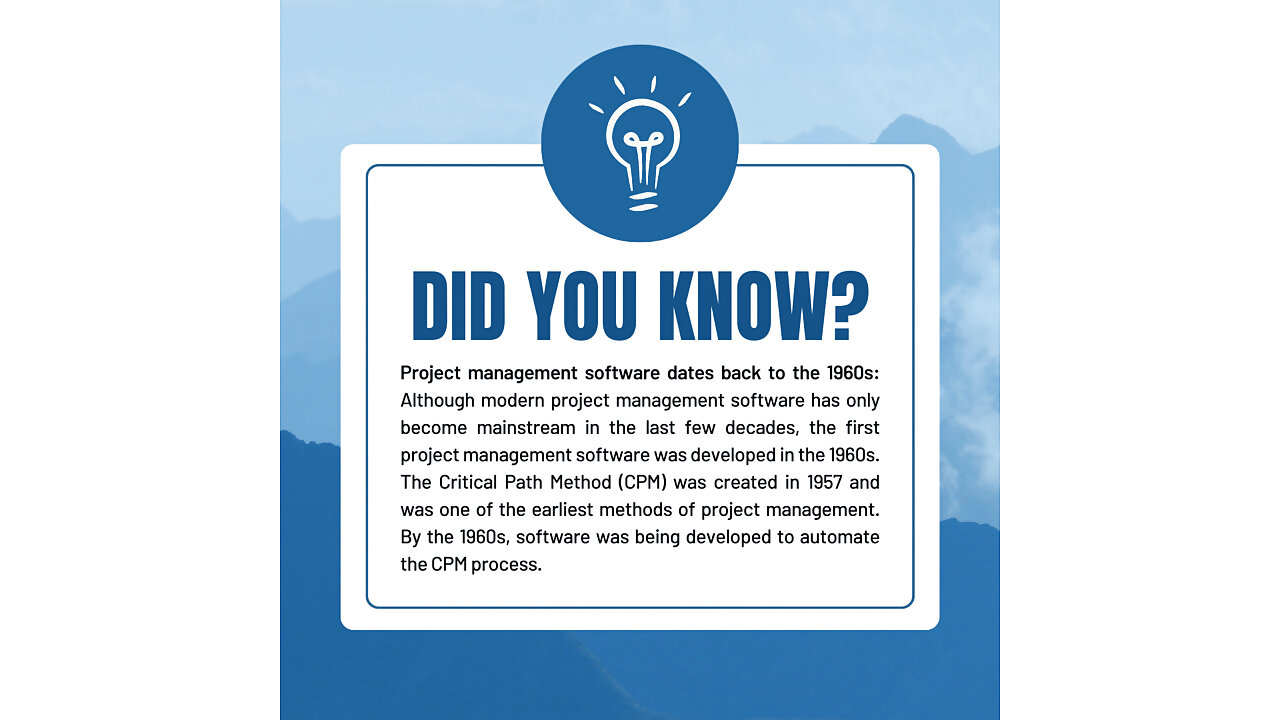
What Is Asana Used For?
Individuals and teams use Asana project management software to manage and monitor their work progress. It simplifies communication, collaboration, and task administration, which helps teams to stay organized and on schedule with their projects.
With Asana, users can create tasks, allocate them to team members, set deadlines, and track their advancement. In addition, Asana provides a range of features like custom fields, project templates, calendars, and integrations with other tools that enhance its functionality.
Companies of all sizes and sectors use Asana to improve efficiency, reduce email overload, and ensure that everyone is on the same page concerning project management.
Use Asana >>
How Does Asana Work?
Asana is software that operates through the cloud, allowing access from any device that has an internet connection. It’s accessible as a web application and has mobile applications for both iOS and Android devices.
To use Asana, you need to create an account and add your team members, after which you can import projects from other project management software like Trello or Basecamp.
Once you have transferred your projects to Asana, you can begin assigning tasks to team members and setting deadlines. Users can also create subtasks to divide projects into smaller sections.
It can be observed that team members are able to utilize the free version of the platform to leave comments on tasks for the purpose of asking questions or providing updates.
Who Asana is Best For?
Asana is a project management tool that has a wide range of applications for various individuals and teams. Its cloud-based platform is particularly useful for remote teams as it enables them to collaborate on projects from any location.
Creative teams can benefit from Asana’s visual project planning feature, which allows them to manage projects and assets in a visual manner. Marketing teams can use Asana to handle marketing campaigns, keep track of deadlines, and collaborate on content development.
For software development teams, Asana’s integrations with tools like Jira and GitHub make it an excellent option. It offers discounts for non-profit organizations, making it an affordable choice for such entities.
In conclusion, Asana is suitable for anyone who needs to manage projects and tasks, stay on top of deadlines, and collaborate effectively.
Use Asana Now >>
Asana Pricing
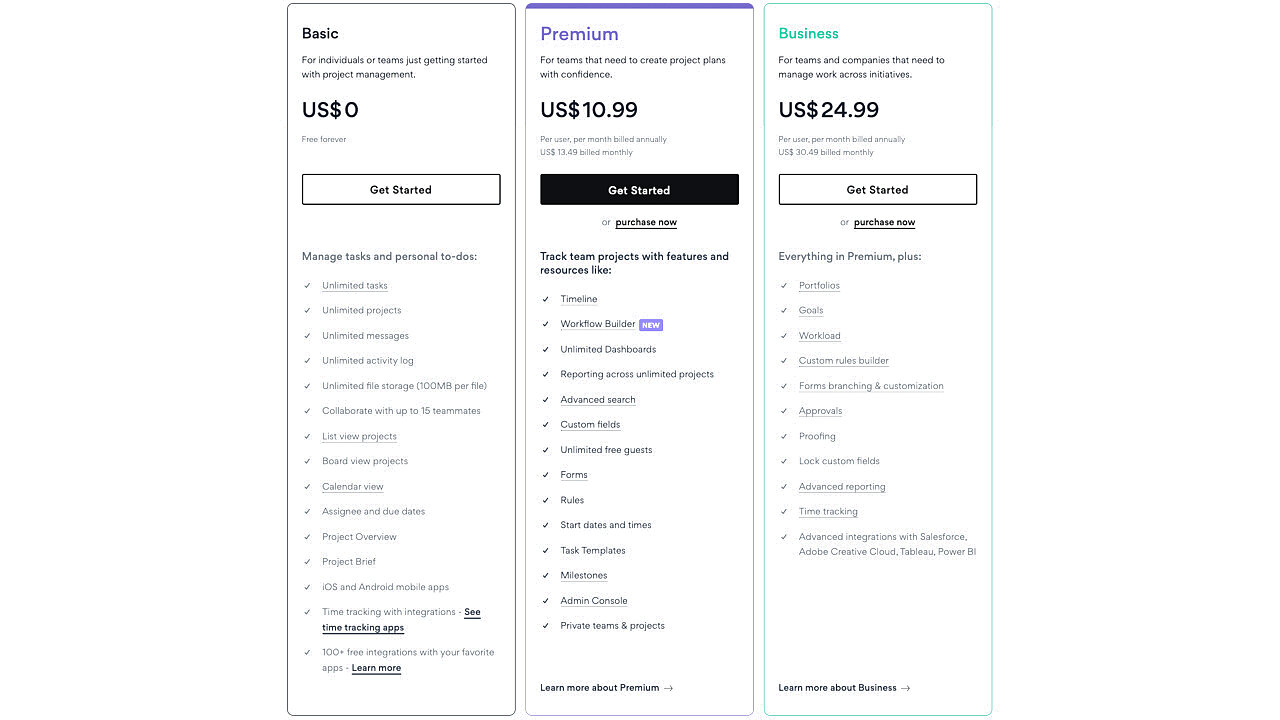
Asana provides different pricing options to cater to teams and businesses of different sizes, which include Basic, Premium, Business, and Enterprise packages.
Basic
The free Basic plan allows for up to 15 collaborators. It offers project organization tools such as list and board views, unlimited task creation, communication, activity logs, integration with other tools, and team and project management.
While this plan is suitable for individuals and freelancers looking to improve their project management skills at no cost, it may not be adequate for larger and more complex projects that require greater team collaboration and interdependence.
Premium
Asana Premium is the least expensive paid plan, priced at $13.49 per user per month on a monthly basis and $10.99 per user per month on an annual basis.
Users of Premium can take advantage of advanced project management features including milestone setting, task dependencies, customizable dashboards, and a workflow builder.
This tier is especially useful for small and mid-sized teams. It provides a comprehensive overview of complex projects for project managers and enables managers to access important features for team coordination.
Business
The Business plan is available for growing teams and comes with extra features. It costs $30.49 per user per month if billed monthly, and $24.99 per user per month if billed annually. The plan provides an overview of all active projects a team has through its Portfolios feature.
The Workload feature displays the amount of work assigned to each team member. Additionally, the Business plan includes the ability to use forms, proofing, and lock custom fields, setting it apart from other plans.
The tier is particularly advantageous for bigger corporations and institutions, as it enables them to effectively monitor all their projects, improve coordination between different projects and departments, and enhance the customization of their project management procedures to a great extent.
Enterprise
Asana has a customized Enterprise plan designed to cater to large enterprises. This plan includes features such as SAML, user provisioning, data export and deletion, and custom branding. It’s important to mention that this is the only plan that provides 24/7 support.
Unfortunately, the pricing details for this plan are not publicly disclosed, and interested users will have to reach out to Asana’s sales team for more information.
Try Asana >>
Asana Features
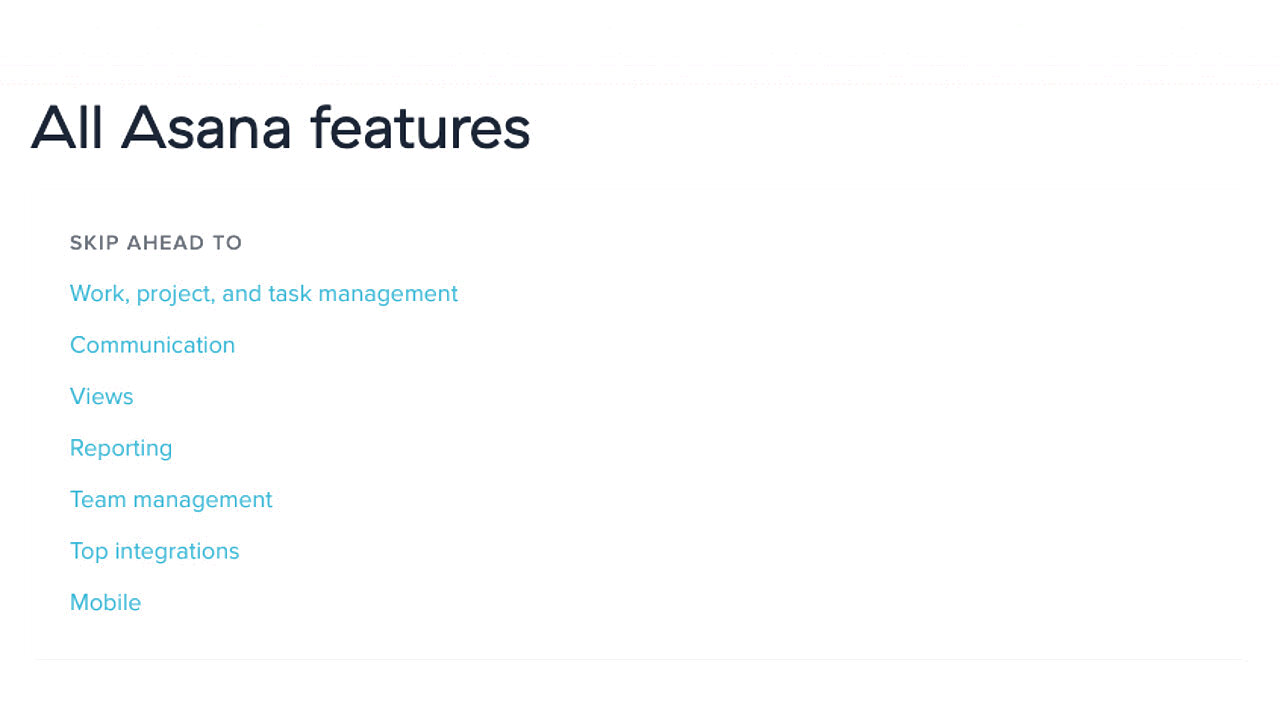
Asana is a user-friendly platform with incredible functionalities that are worth exploring. A detailed analysis of the remarkable features of Asana is presented below.
Feature-Rich Free Plan
When it comes to the best project management software, many free plans are lacking. However, Asana stands out as the exception. Compared to other project management software that we tested, Asana’s free plan is the best.
Other PM software’s free plans are often too limiting for small businesses. Still, Asana’s free plan offers unlimited support for teams, projects, messaging, activity logs, file storage, and multiple project views.
If you have fewer than 15 users and need to manage basic projects, you can use the free plan indefinitely without needing to upgrade.
Asana even allows integration with time-tracking tools at no additional cost, which is uncommon for PM software. Overall, Asana’s free plan is an exceptional value.
Multiple Project Views
Asana provides various ways to view projects and handle tasks, such as Kanban boards, calendars, lists, portfolios, timelines, and workloads. Unlike other project management tools that offer limited options, Asana offers all the necessary choices.
This allows each team member to manage their tasks efficiently, resulting in increased productivity. Additionally, project managers can get an overall picture of the project’s status by switching between views.
Moreover, Asana allows the customization of project dashboards that update in real-time, enabling users to see crucial information at a glance.
Try Asana >>
Process Management Automation
With Asana, automating processes, repetitive tasks, and workflows that extend to other business tools is incredibly simple. Asana’s graphical workflow builder makes it easier than ever to set up customized rules, triggers, and actions.
The automation capabilities range from basic functions such as cascading due dates, assigning tasks to the next person in line, checking off boxes, or sending alerts to your team in Slack once a project is completed, to complex workflows that involve numerous users, tools, and tasks.
Automating processes not only ensures that things are done correctly but also frees up time for more crucial activities by eliminating repetitive tasks.
Team Collaboration
We have tested various project management tools, but they usually lack adequate collaboration features, which forces us to seek out other software to meet our needs.
Nonetheless, Asana stands out as one of the rare tools that can serve as a centralized platform for sharing various file types, such as PDFs, JPGs, and Google docs, as well as facilitating team and group communication. This is particularly advantageous for companies with teams located in different parts of the world.
The main difficulty encountered by remote workers is the need to communicate effectively and work collaboratively as a team. Asana, a project management tool, is highly recommended for its ability to facilitate coordination among team members, regardless of their location.
In Asana, users have the ability to delegate tasks to their team members, establish task relationships, prioritize tasks, set and modify deadlines, and communicate with one another through a single card, which serves as a centralized hub for all project-related information.
With the calendar feature, team members can coordinate with each other and keep track of any updates or changes without resorting to email correspondence. The platform also facilitates project discussions and task lists.
Additionally, Asana can be integrated with email applications and third-party messaging software, catering to the communication preferences of different teams.
Agile and Scrum Support
Asana is a highly flexible project management tool that can support the agile philosophy. Whether you need to plan sprints, track bugs, launch products, manage work requests, create roadmaps, give feedback, or track task iterations, Asana provides everything you need to work in a way that suits you.
Unlike many other project management tools that are too rigid, Asana is highly adaptable and can support various methodologies, including Kanban, Agile, Scrum, and more.
Asana is committed to helping you succeed with Agile on its platform. It has even created a glossary and guide to help you match its terminology with standard Agile vocabulary and set up your Agile projects within the platform.
With these resources, implementing an Agile project management approach in Asana is made much simpler.
Try Asana >>
Versatility
Asana is a project management software that’s highly versatile and adaptable, making it suitable for various management methodologies, business sizes, and industries. It’s particularly useful for marketing, sales, product development, operations, human resources, IT, finance, and other such departments.
The software is an excellent choice for facilitating collaboration among different departments, as it can be customized for hundreds of different use cases.
Whether it’s event planners managing thousands of attendees, marketing teams handling multiple campaigns across various channels, or sales teams tracking leads through the pipeline, Asana’s flexibility makes it ideal for a wide range of businesses.
Powerful Integrations
Asana has the capability of integrating with more than 100 commonly used third-party applications including Slack, Dropbox, Google Drive, Zapier, Tableau, Zoom, and Salesforce.
These integrations are highly beneficial for enhancing the functionality of Asana. For instance, with the integration of Slack, your team can receive notifications instantly whenever a task or project is modified in Asana.
However, it should be kept in mind that some advanced integrations, such as Salesforce and Tableau, may not be accessible with every subscription plan.
Smart Design
Asana’s dashboard is designed in a user-friendly way that makes it simple for beginners to learn its fundamentals. The left side of the screen displays the primary features of Asana, allowing you to access them easily.
Moreover, navigation is made easy with the help of tabs located across the top of the screen. In case you wish to view more information on the screen, you can hide the navigational features temporarily.
Furthermore, you have the option to customize the dashboard’s appearance to highlight specific features that your team may require.
Advanced Search and Reports
The advanced search function of Asana is highly efficient and thorough. It allows the user to specify their search for either a task or a conversation, along with default fields such as Assigned to, In Projects, and Followed By.
The search can be further refined by adding filters for Tags, Dependencies, Subtasks, and Custom Fields. The user can even narrow down their search by specifying if the task has an attachment, if it’s completed, and its due date.
If the user is unable to find what they are looking for with these tools, it’s likely that it does not exist.
With Asana, it’s simple to create interactive reports for complex searches and save them in the left-hand menu for easy access. These reports remain up-to-date as new items match the search terms, and modifications can be made to the search terms at any time.
This characteristic is particularly useful for managers who wish to monitor employee productivity, and for individuals who want to track their personal progress over an extended period.
Use Asana Now >>
Privacy and Security
Asana ensures secure connections to its website by utilizing the TLS 1.1 protocol and storing its data in secure SSAE16 audited data centers through Amazon in the United States. Additionally, Asana has implemented a bug bounty program to identify and address potential vulnerabilities.
The company has undergone SOC 2 Type I and Type II audits, which confirm the company’s security measures and capabilities have been validated by an independent third party. Similarly, Asana’s status can be monitored through an online dashboard, similar to Slack’s service.
Asana App and Interface and In-Use
The Asana app is available across multiple platforms, which include the web, desktop versions compatible with macOS and Windows, and mobile versions for both Android and iOS operating systems.
The interface of the Asana app is user-friendly and responsive, and it has an attractive design without being too cluttered. It also includes celebratory animations that can be turned off if desired.
Asana app’s settings section has a feature called Hacks that provides additional functionality and personality to the platform. For example, enabling the related hack allows users to enjoy a bit of feline fun by pressing TAB+B.
In the profile settings, users can add essential account information, manage notifications, change display preferences and visual effects, and set up connections with other applications like Microsoft Teams, Zoom, Harvest, Slack, Figma, and more.
The Asana app provides nearly all the functionalities that are present in the web-based version. Nevertheless, based on the volume of tasks and input generated by your team, it could be preferable to access the Asana app on a larger display.
Nevertheless, working on a phone is still productive, and the ability to access Asana app from anywhere with an internet connection is advantageous.
Furthermore, the Asana app has offline capabilities. If you work offline, you’ll see gray clouds indicating that the content hasn’t synced yet, and your collaborators won’t be able to see it until your device reconnects and syncs.
Pros and Cons
Pros:
- Provides a dictionary of words and options for organizing sprints
- Assigning project deadlines, and priority is made simple with the use of in-app chat
- Connectivity with other services like Slack, and Zapier streamlines communication
Cons:
- The Premium plan costs $10.99 per month per user, while the Business plan costs $24.99 per month per user when paid annually. Even more, money is spent on the Enterprise plan
- Unable to assign more than one task to a team member, making it challenging to distribute work that calls for numerous team members
- Sends several email notifications, which some users may find too many
Get Started With Asana >>
Asana Customer Service and Support
Apart from providing detailed tutorials, Asana app offers various resources including an online community forum and an academy where you can access interactive training courses and webinars taught by their Customer Success team.
Additionally, they have a chatbot that can assist with basic inquiries. If you encounter a more complicated problem, the chatbot can file a ticket for you to connect with a customer support representative.
Asana Reviews from Real Users – How Legit is it?
In order to provide a comprehensive answer to the question of whether Asana is a legitimate and effective service, we have conducted extensive research by reviewing numerous online Asana reviews written by actual users who have shared their personal experiences with the service. Reading the Asana review will save you time and offer valuable insights into what real people think of the Asana app.
Based on seven Asana reviews, it has received a consumer rating of 4.29 stars, indicating that the majority of its customers are content with their purchases. Among the various Project Management websites, Asana holds the ninth position in terms of ranking, as shown by the Asana reviews.
Get Started With Asana >>
Alternatives to Asana
For business users who want a single platform for project management, team collaboration, and remote work, Asana is a feasible choice. However, there are certain limitations associated with Asana. As a result, here are a few other options to consider as alternatives to Asana.
Monday.com
Monday.com is an online tool for managing projects that operate in the cloud. It offers a visually appealing and customizable system for team collaboration, tracking tasks, and managing projects.
The software is equipped with features such as custom workflows, automation, Gantt charts, time tracking, and integrations with various commonly used tools. It’s easy to use and can be adapted to your team’s needs with a range of pricing plans based on the number of users and features required.
Use Monday.com >>
ClickUp
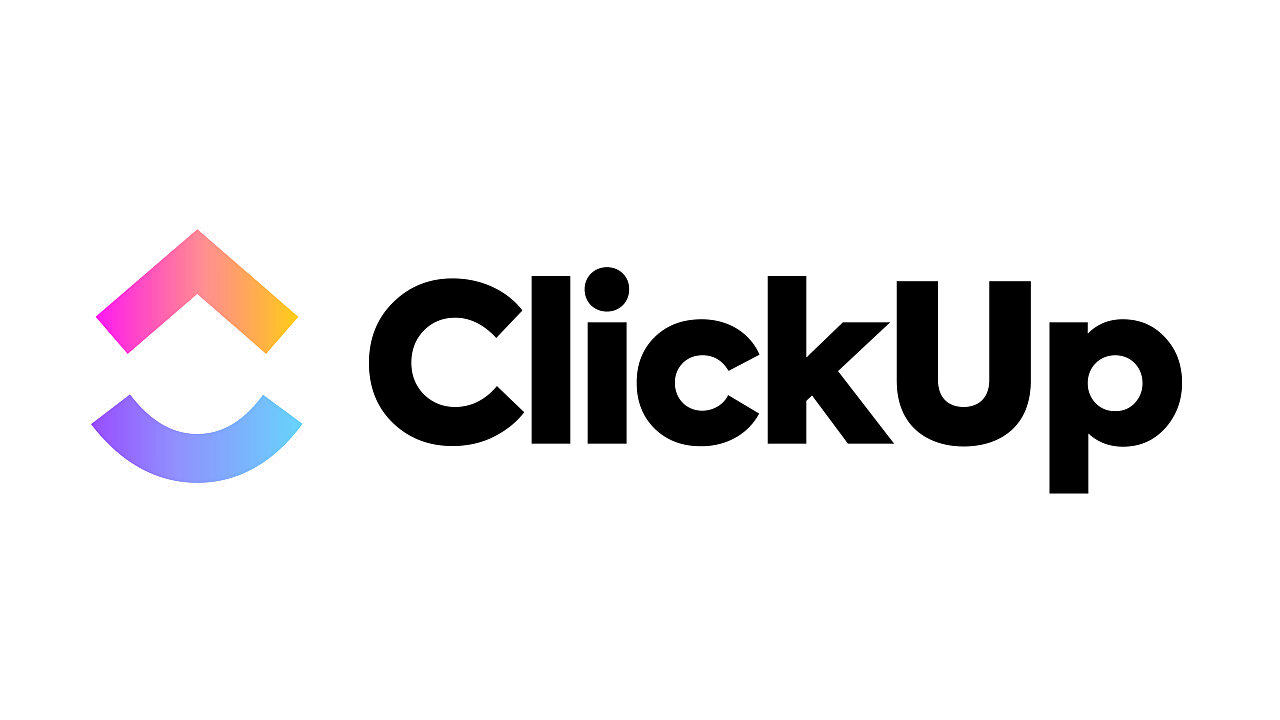
ClickUp is a software for managing projects that’s based in the cloud. It’s a platform that offers a range of tools for team collaboration, task management, and project planning.
Some of its features include customizable task views, calendars, Gantt charts, time tracking, and integrations with other well-known tools. ClickUp offers different pricing plans based on the number of users and features required for the project.
With its user-friendly and visually appealing interface, managing intricate projects and working efficiently with team members is made simple.
Get Started With ClickUp >>
Basecamp
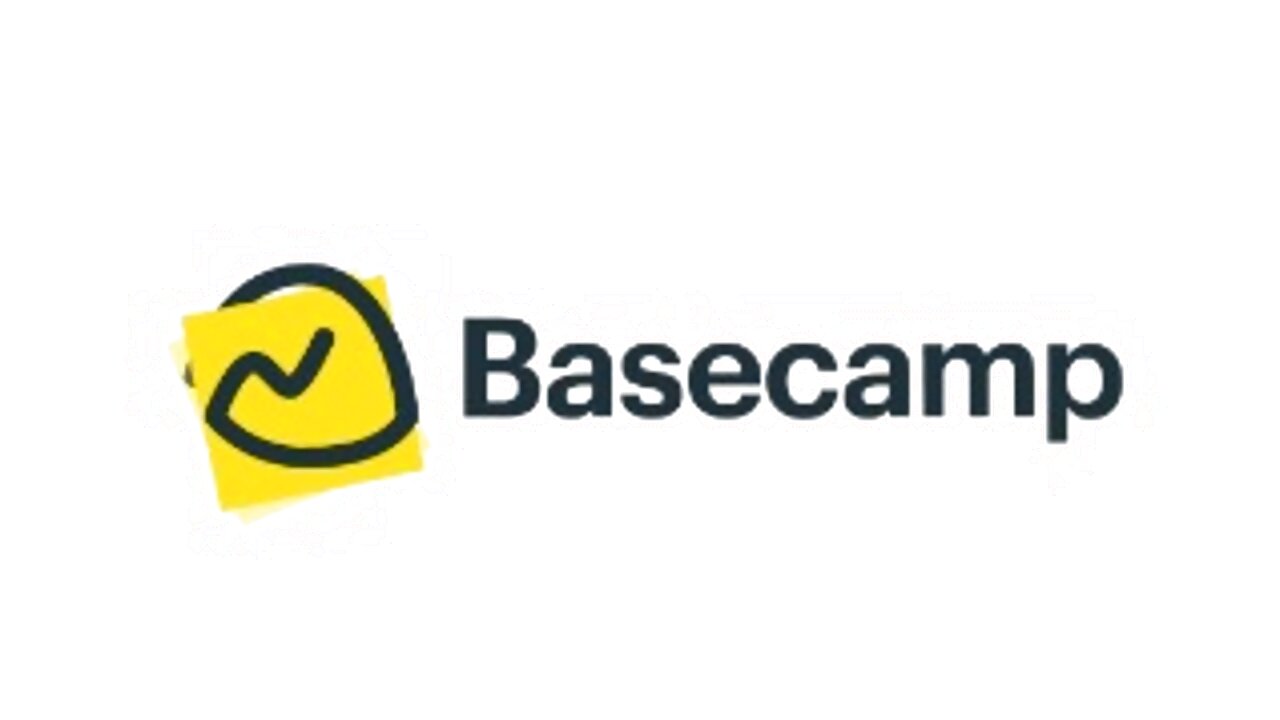
If you run a small business or work in a team that needs to manage projects, Basecamp is a great option for you. It provides a straightforward approach to project tracking and is equipped with different functionalities like lists, files, and calendar views.
As for the Asana app, it has more options to choose from, including timeline, calendar, board, list, and workload views. It also offers over 50 templates, which is a lot more than what Basecamp provides, as Basecamp only has custom templates available.
Visit Basecamp Today >>
Asana Review – Frequently Asked Questions
If there are still any uncertainties, we have compiled a list of our most commonly asked questions for your convenience, which could potentially provide solutions.
Is Asana Free?
The Basic plan of Asana is available for free and includes a wide range of features such as unlimited tasks, projects, messages, activity logs, and file storage. In addition, users can benefit from over 100 integrations, multiple project views, and collaboration with up to 15 team members.
If users opt for a paid plan, they will have to pay $10.99 per user per month for an annual billing cycle, while it will cost them $13.49 per user per month for a month-to-month billing cycle.
Is Asana HIPAA-Compliant?
By October 2022, the Asana app has achieved complete compliance with HIPAA regulations. If you want to know more about Asana’s adherence to HIPAA, you can refer to the company’s fact sheet on the same topic.
Can I Use Asana Offline?
It’s possible to use it without an internet connection by using the Asana app. With this app, you can perform various tasks such as creating projects, tasks, and conversations. You can also check notifications, make comments, assign due dates and assignees, and complete tasks offline.
Is There a Desktop App for Asana?
The software Asana has a desktop application available for download on their website, catering to both Mac and PC operating systems.
Asana Review – Bottom Line
In our Asana review of the top project management tools, Asana was one of the options that we considered. While it didn’t make it to the top spot, it could still be the preferred choice for certain individuals.
Furthermore, the Asana app was also included in our list of recommendations for managing remote teams and promoting collaboration among dispersed workforces.
Asana stands out for its user-friendly interface and ease of use for employees. Additionally, it offers more comprehensive automation triggers compared to most of the other tools we reviewed. These factors may be convincing enough for some users to opt for Asana.
Get Started With Asana >>
This is a Partnered Post.



















Comments
0 comment